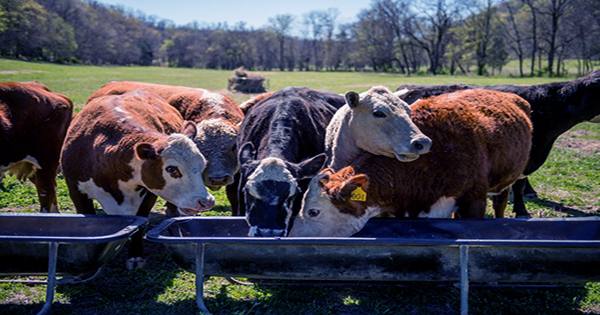Peer Group in Socialization
Socialization is a process by which culture is transmitted to the younger generation and men learn the rules and practices of social groups to which they belong. The term socialization refers to the process of interaction through which the growing individual learns the habits, attitudes, values, and beliefs of the social group into which he has been born.
Peer Group:
A peer group is a social group whose members have interests, social positions, and age in common. It is a group of people of approximately the same age, status, and interests. This is where children can escape supervision and learn to form relationships on their own. A peer group consists of friends and associates who are about the same age and social status. This means that a 4-year-old would not be in a peer group with 12-year-olds. Similarly, college professors would not be in the same peer group as their students.
Influences on Socialization
Peer groups play an important role in socialization, especially in childhood and adolescence. It means a group in which the members share some common characteristics such as age or sex etc. Peer groups are the only form of socialization that is not under the control of adults. It is made up of the contemporaries of the child, his associates in school, in a playground and in street. It provides children with the opportunity to be a part of relationships that are productive and beneficial for all parties involved. The growing child learns some very important lessons from his peer group. Since members of the peer group are at the same stage of socialization, they freely and spontaneously interact with each other. They also allow children to create relationships with one another without being under adult control.
The members of peer groups have other sources of information about the culture and thus the acquisition of culture goes on. They view the world through the same eyes and share the same subjective attitudes. Children are also able to experience and work through conflicts with their peers, cooperate with each other, and compete with each other in peer groups. In order to be accepted by his peer group, the child must exhibit the characteristic attitudes, the likes, and dislikes.
As children get older, going to school brings them into regular contact with other children of their age. As early as first or second grade, children form social groups. Youthful concerns may center on popular music and movies, sports, sex, or illegal activities. Conflict arises when standards of the peer group differ from the standards of the child’s family. Parents and teachers, on the other hand, want children to do schoolwork, help at home, and “stay out of trouble.”
The influence of the peer group typically peaks during adolescence, however, peer groups generally only affect short-term interests, unlike the family which has a long-term influence. In our society, adolescents are heavily influenced by their peers when it comes to dressing, musical fads, cheating, and drug use. In making their future life plans, however, they are influenced more by their parents than by their peers. Conversely, experimentation with drugs, drinking, vandalism, and stealing may also be increased by interaction with the peer group.
Information Source:
















